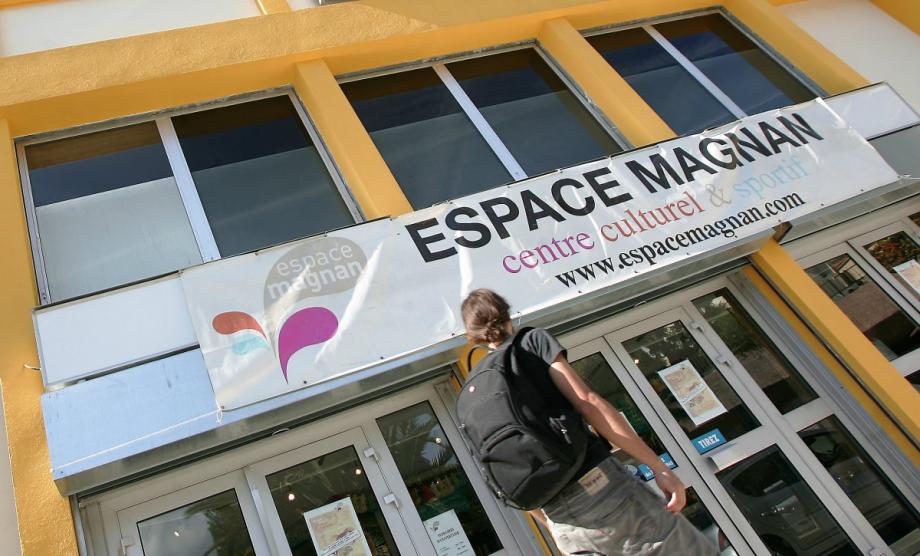On the occasion of the 34th Italian Film Days, an exhibition on the history of Italian immigration will be presented at Espace Magnan: Ciao Italia!
Italian immigration to France remains the most significant to date. From the mid-19th century until the 1960s, Italians were the most numerous in France, coming to fill jobs created by economic growth.
Today celebrated, their integration was not without challenges. Between demeaning prejudices and benevolent views, the image of Italians in France developed in a paradoxical way, and their reception conditions were difficult.*
We asked our contributor in charge of the section, Thierry Jan, to delve into the situation in Nice and its region.
At the end of the 19th century, especially after the fall of the Second Empire, Italian immigration increased on the Riviera and in Nice. Unlike the situation on the other side of the border, there was work here. The Côte d’Azur was booming. Thus, Italians immigrated from all regions of the peninsula. It was mainly Piedmontese who chose our region.
Authors such as Raoul Mille, Louis Nucéra, Alfred Hart, and Max Gallo will tell the stories and sagas of these families who left their villages, countryside, and land to come to Nice to work. There are numerous construction sites: buildings, roads, railways, tramways, and thus work. This first wave of immigration will be followed, after World War I, by political refugees fleeing fascism.
These Italians settled in popular neighborhoods: Riquier, the then-disdained old town, the banks of the Paillon, and l’Escarène. These workers, masons, earthmovers, these “braccianti,” thus somewhat contributed to constructing the modern city.
On a religious level, Italians are also very present. The Chapel of the Blue Penitents and the Italian Catholic mission allow for ongoing catechism work with these immigrants, most of whom did not speak French. Culture is also very active with associations like the Dante Alighieri.
In Nice, Italians have their consulate. An Art Deco-style building on Boulevard Gambetta. Italians in Nice, in fact, have a long history, sometimes dramatic, such as the episode of the fascist occupation in 1942; furthermore, the Boulevard des Italiens was renamed in 1944. This immigration was driven by the search for work, with “braccianti” tired of being day laborers with no assurance of tomorrow, emigrating with their families.
In France, in Nice, there was work, there were hirings. The Second Empire invigorated France. In ten years, Nice was transformed. The fall of the empire did not hinder this development. European aristocracy came to this Riviera, soon known as the Côte d’Azur. Great dukes, archdukes, princes, kings, and even emperors—a tsarevich would die in Nice—wanted to find the comfort of their palaces. Later, at the end of the 19th century, there were the Folies, each wanting a villa more extravagant than his neighbor.
While these buildings were designed by architects, labor was needed to construct them. Italians were renowned for their skills and appreciated for their work. Italians are a positive immigration story, integrated, and perhaps today the most essential part of the Côte d’Azur’s history.
Thierry Jan


